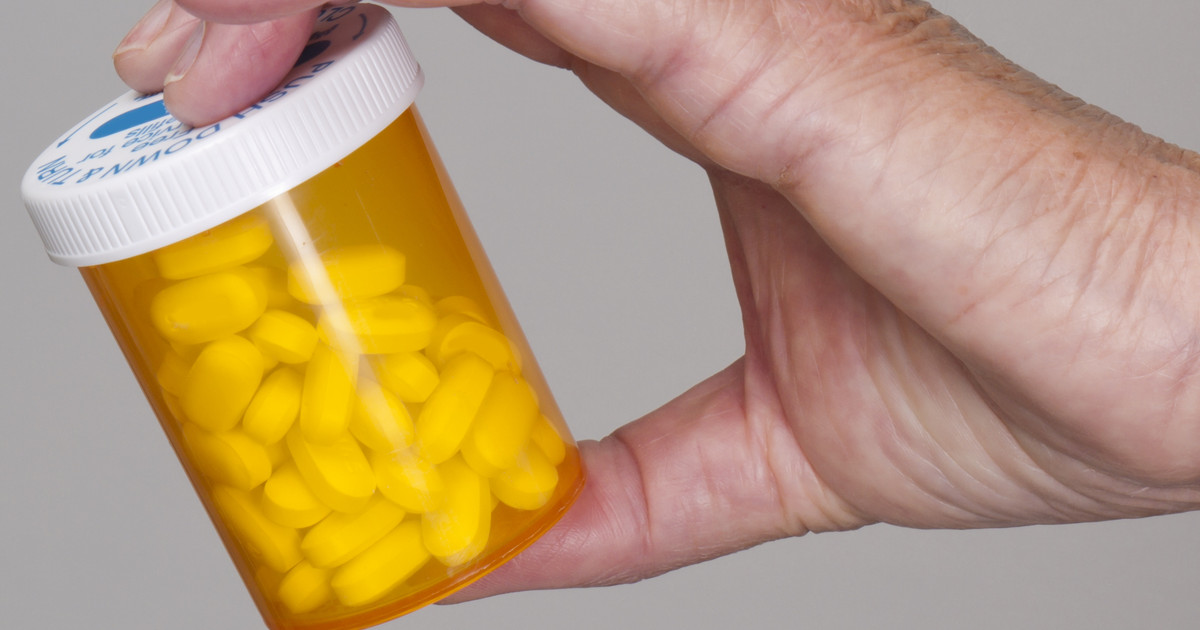What Is Trifarotene (Aklief)?
Trifarotene seems to be a prescription retinoid cream often sold as Aklief. This medication appears to have been first approved in 2019. Reports indicate that it may be the only new retinoid approved in over twenty years. Most patients should only apply this medication once a day, often in the evening. Unfortunately, side effects seem to be quite common. They may include dry, itchy, and irritated skin. Patients may want to call their doctor if these side effects are persistent or bother them.
This medication seems to be a strong prescription for cystic acne treatment. However, patients may want to try an over-the-counter retinol cream first. Trifarotene appears to act as an acne scar treatment as well. Since this is not the only prescription retinoid, patients may want to understand how trifarotene works first to make sure it is the best acne treatment for them.
How It Should Work
Trifarotene seems to be a selective retinoic acid receptor agonist. Many individuals may refer to it as a retinoid. This medication appears to bind to retinoic acid receptors in the skin. Specifically, it seems to target the RAR-gamma isoform. It appears to be the only retinoid that does so. Other ones may target the RAR-alpha and RAR-beta isoforms instead. However, the gamma isoform may be the most common one in an individual's skin. This medication also seems to increase how fast skin cells renew. This may improve skin texture and acne.
Continue reading to discover the possible uses for this medication next.
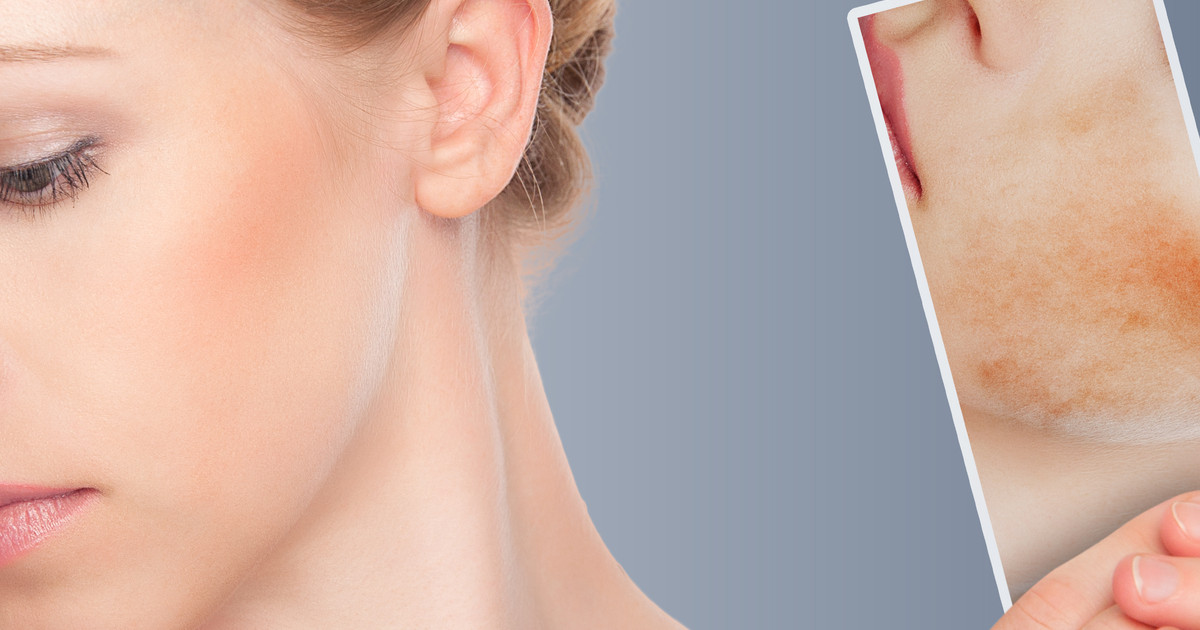
Possible Uses
It appears that patients in the United States may use this medication for acne if they are over nine years old. This cream may also treat congenital ichthyosis in the United States and Europe as an 'orphan drug.' This condition may involve thickened, dry, and scaled skin.
Most retinoids seem to treat acne on a patient's face. This also appears to be the case with trifarotene. However, this medication may also treat acne on the chest, back, and shoulders. It may be the only retinoid approved to do so. Clinical trials seem to indicate that patients will see their facial acne improve in two weeks of using this medication. These trials also say that this may happen in four weeks for acne on the chest, back, and shoulders.
Uncover the potential side effects next.
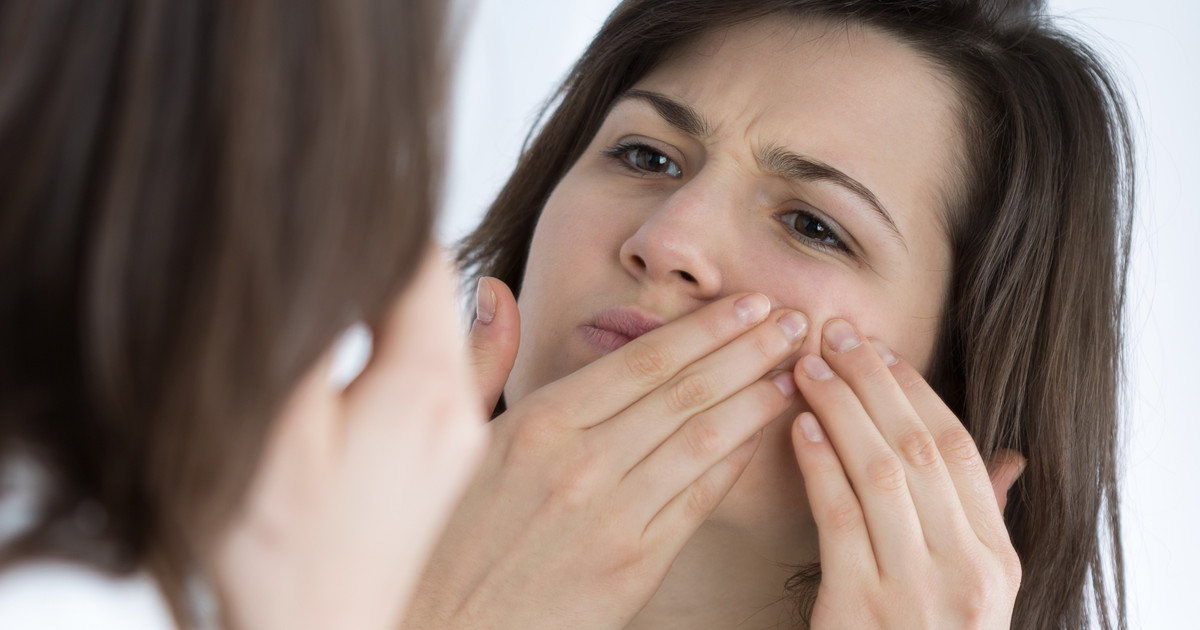
Potential Side Effects
This medication seems to have many potential side effects. The most common ones may include itchy, irritated, and flaking skin. Sunburns also appear to be common, since this medication may make patients more sensitive to the sun. Some individuals may deal with redness or a stinging sensation when they apply this medication. Rare side effects seem to be swelling, pain, and discolored skin. Patients may want to call their doctor about these side effects, as well as severe redness. They should also consider calling if they experience an allergic reaction. The signs of such a reaction may include a rash and hives.
Patients may be able to reduce their side effects by using a moisturizer regularly. They may need to use it throughout the day, not just during their skincare routine. It may also be worth noting that most patients seem to have their side effects subside as their skin adjusts to this medication.
Get the details on possible precautions for this medication next.
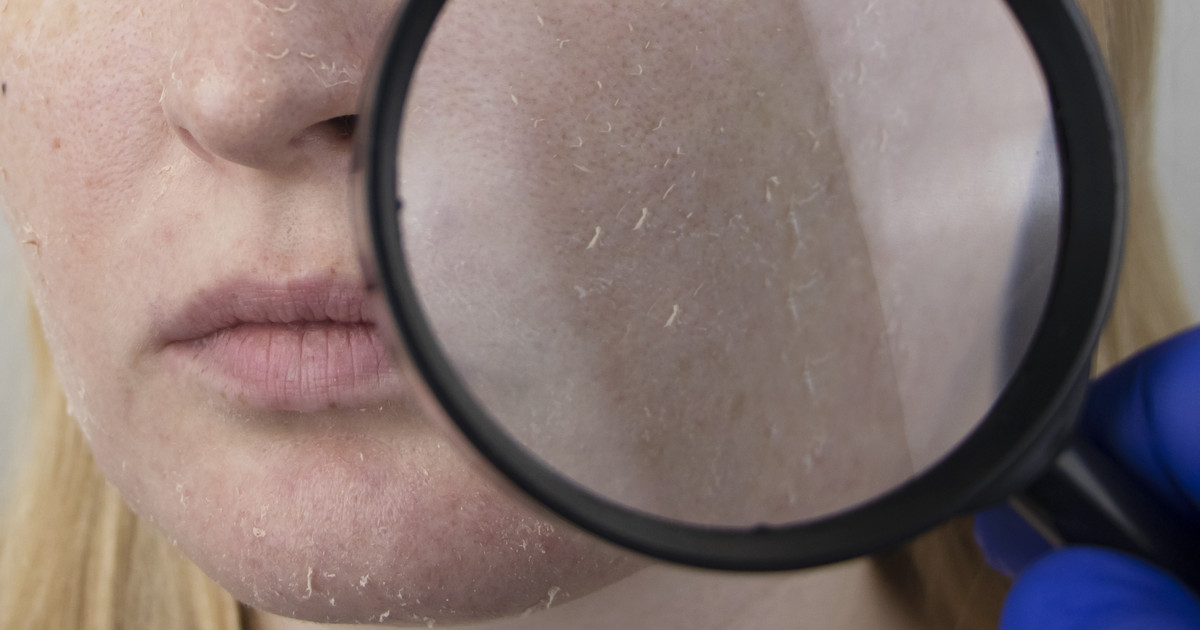
Possible Precautions
Patients may want to review their medical history with their doctor before they use this medication. A history of skin conditions may mean that they need a different dose if they are still able to use it. One skin condition that may require this seems to be eczema. It appears that they will need closer monitoring at the very least. All patients seem to need to avoid using this medication on broken skin or open wounds. Individuals with eczema should avoid using it on these patches. This medication may be unsafe for pregnant women. The same seems to apply to breastfeeding women. However, some of them may be able to use small amounts if they avoid anywhere their baby's mouth will touch.
Individuals may want to apply this medication in the evening due to the potential increase in sun sensitivity. In addition, they may only want to use a thin layer on clean and dry skin. Avoiding applying the medication to the lips, nose, or creases beside the nose appears to help some patients. Individuals seem to need to avoid using harsh skincare products as well. These may include products with alcohol in them and hair removal creams. It appears to be a good idea to wear sunscreen and avoid tanning beds. Patients should also try to store this medication away from heat.
Reveal the potential medication interactions next.
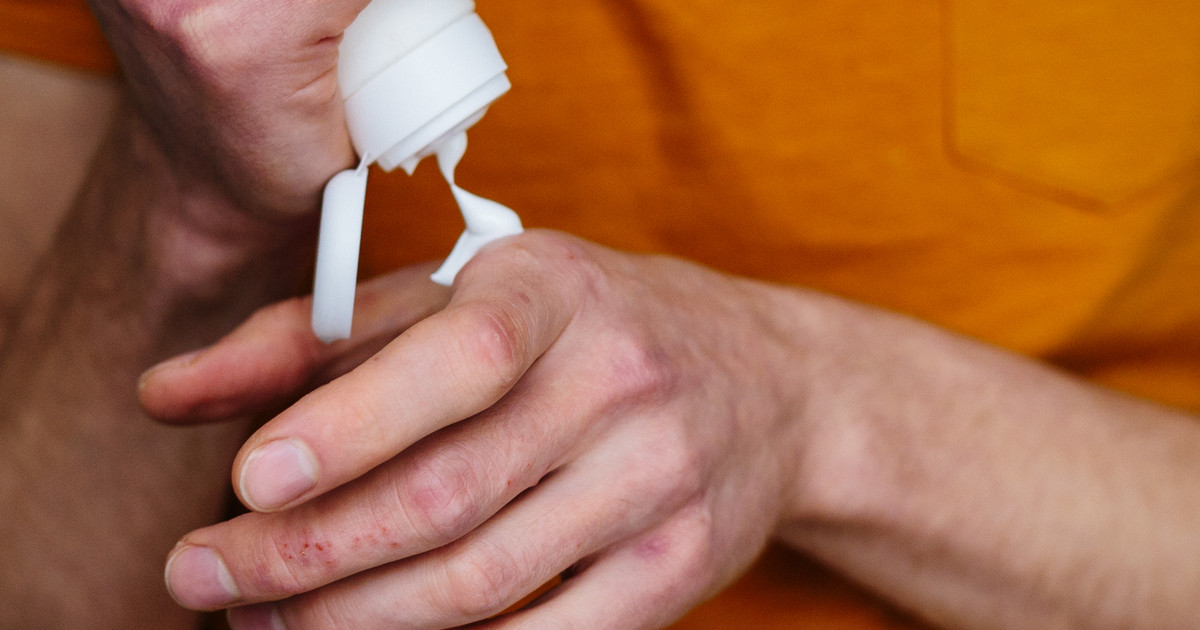
Potential Medication Interactions
Trifarotene seems to have many potential medication interactions. These interactions may increase the risk of side effects as well as their strength. Thus, patients may want to discuss their current medications and supplements with their doctor before starting this retinoid cream. They may also want to talk about their skincare products and the ingredients that they contain.
This medication seems to interact with eleven others. Examples appear to be isotretinoin, resorcinol, sulfur, and verteporfin. Ingredients such as salicylic acid and benzoyl peroxide may also interact with trifarotene. Unfortunately, those two ingredients appear to be quite common in over-the-counter skincare products, especially those intended for acne patients.
